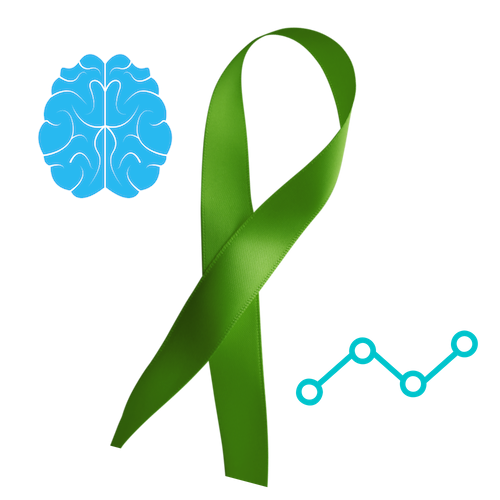In the first installment of the series “Questions People are Afraid to Ask of the Mentally Ill” I am going to attempt to answer a tricky question “what counts as a mental illness?”
A common criterion when diagnosing a mental illness is whether the symptoms are getting in the way of an individual’s everyday life.
It can be hard to quickly summarize what counts as a mental illness if you don’t have access to the DSM-5. That’s why I am happy to say that my therapist gave me access to her DSM-5 for research purposes.
Everything from depression to attention-deficit/hyperactivity disorder (ADHD) to catatonia to pedophilic disorder are all diagnoses in the DSM-5. There are 19 categories of mental illnesses in the DSM-5, and 2+ specific diagnoses within each section.
Below is a sampling of the various diagnoses in the DSM-5. This list is not complete and obviously is not meant to be used to diagnose yourself or others.
- Neurodevelopmental Disorders
- Intellectual Disability
- Autism Spectrum Disorder
- Motor Disorder
- Attention-Deficit/Hyperactivity Disorder (ADHD)
- Schizophrenia Spectrum and Other Psychotic Disorders
- Schizophrenia
- Schizoaffective Disorder
- Catatonia
- Bipolar and Delated Disorders
- Bipolar I Disorder
- Bipolar II Disorder
- Cyclothymic Disorder
- Depressive Disorders
- Disruptive Mood Dysregulation Disorder (DMDD)
- Persistent Depressive Disorder (previously known as Dysthymia)
- Major Depressive Disorder, Single and Recurrent Episodes
- Anxiety Disorders
- Panic Disorder
- Phobias
- General Anxiety Disorder
- Obsessive-Compulsive and Related Disorders
- Body dysmorphic disorder
- Obsessive compulsive disorder
- Hoarding Disorder
- Trauma and Stressor Related Disorders
- Posttraumatic Stress Disorder (PTSD)
- Acute Stress Disorder
- Reactive Attachment Disorder
- Dissociative Disorders
- Depersonalization/Derealization Disorder
- Dissociative Amnesia
- Dissociative Identity Disorder
- Somatic Symptom and Related Disorders
- Illness Anxiety Disorder
- Factitious Disorder
- Somatic Symptom Disorder
- Feeding and eating disorders
- Pica
- Bulimia Nervosa
- Anorexia Nervosa
- Elimination Disorders
- Enuresis
- Encopresis
- Other Specified Elimination Disorder
- Sleep-Wake Disorders
- Insomnia disorder
- Narcolepsy
- Hypersomnolence Disorder
- Sexual Dysfunctions
- Female Sexual Interest/Arousal Disorder
- Delayed Ejaculation
- Erectile Disorder
- Gender Dysphoria (there is a debate as to whether this should be in the DSM-5)
- Gender Dysphoria
- Other Specified Gender Dysphoria
- Unspecified Gender Dysphoria
- Disruptive, Impulse-Control and Conduct Disorders
- Antisocial personality Disorder
- Oppositional Defiant Disorder
- Intermittent Explosive Disorder
- Substance Related and Addictive Disorder
- Substance Use Disorders (substance simplified: drugs and alcohol)
- Substance Induced Disorder
- Gambling Disorder
- Neurocognitive disorder
- Delirium
- Major and Mild Neurocognitive Disorders
- Personality disorders
- Antisocial personality disorder
- Borderline personality disorder
- Narcissistic personality disorder
- Paraphilic disorders
- Pedophilic disorder
- Voyeuristic Disorder
- Exhibitionistic Disorder
That’s a pretty long list, and that doesn’t even include all of the disorders listed in the DSM-5’s table of contents.
To end, let me share with you the DSM-5’s official definition of a mental disorder:
“A mental disorder is a syndrome characterized by clinically significant disturbance in an individual’s cognition, emotion regulation, or behavior that reflects a dysfunction in the psychological, biological, or developmental processes underlying mental functioning. Mental disorders are usually associated with significant distress or disability in social, occupational, or other important activities. An expectable or culturally approved response to a common stressor or loss, such as the death of a loved one, is not a mental disorder. Socially deviant behavior (e.g., political, religious, or sexual) and conflicts that are primarily between the individual and society are not mental disorders unless the deviance or conflict results from a dysfunction in the individual…”
Next week I will be looking at the question: “Are people with a mental illness violent, will they hurt me?”

